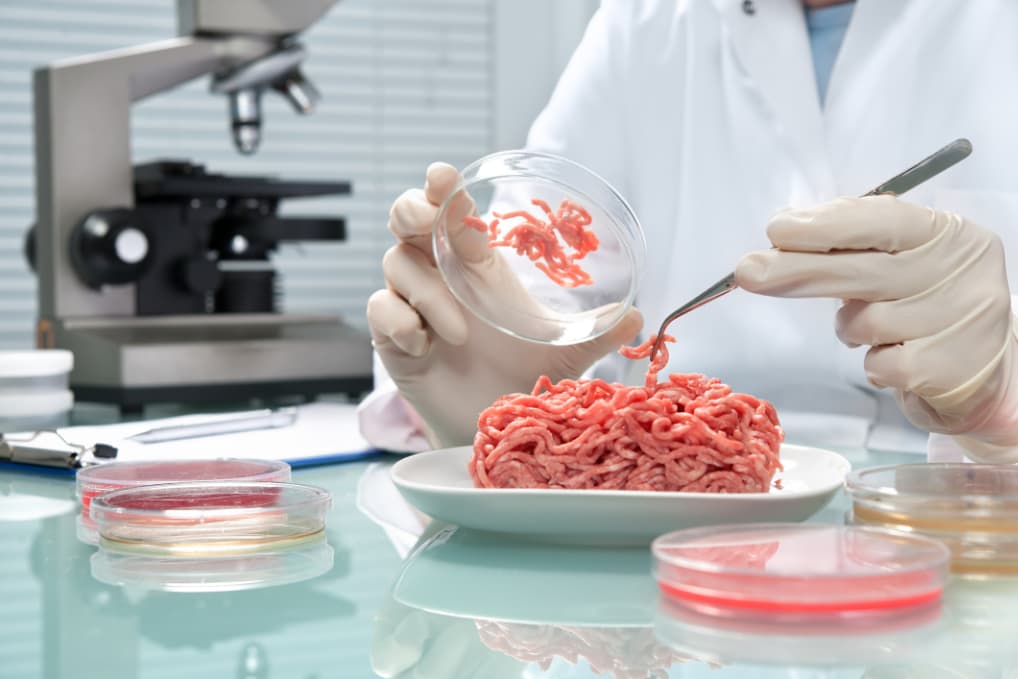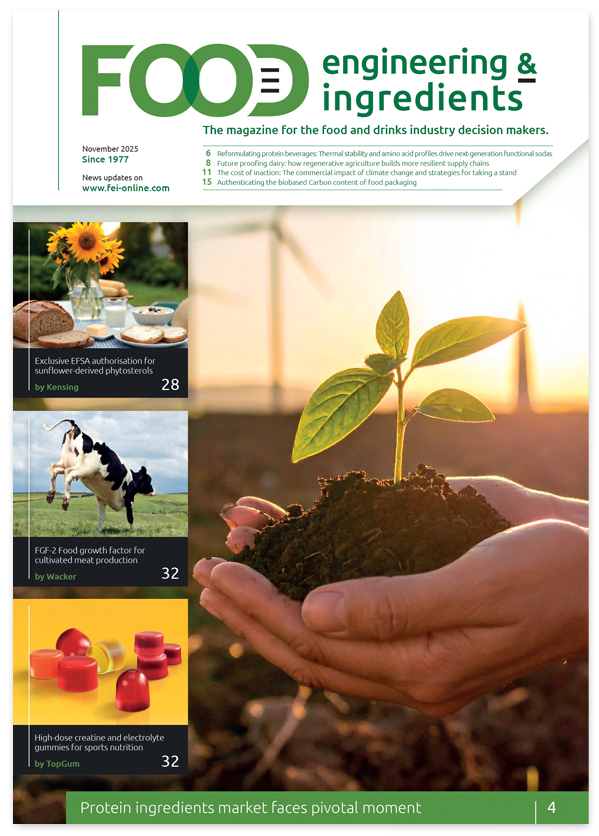21st century approach to food safety: A call for genomic surveillance
A new review in Nature Reviews Microbiology advocates for a revolutionary approach to food safety. Researchers propose shifting from traditional methods to a holistic, genome-based surveillance system monitoring entire microbial communities across the food chain. This 21st-century approach aims to better address both known and emerging foodborne threats in our complex global food system.
As global food systems become increasingly complex, a team of researchers from the Quadram Institute, the University of East Anglia, the Royal Veterinary College, and Massey University are urging for a paradigm shift in microbial food safety approaches. Their recent review, published in Nature Reviews Microbiology [1], highlights the need for more comprehensive strategies to assess and monitor microbial communities across the food chain.
The pressing need for change
The global burden of foodborne illness remains significant, with bacteria playing a substantial role. While the most dangerous bacterial species and their potential health impacts have been well-documented for decades, our understanding of their transmission, persistence, and evolution within an increasingly globalised food system remains limited.
Furthermore, the researchers emphasise that current knowledge gaps extend beyond known pathogens to include bacterial threats that have previously eluded detection due to technological limitations. This lack of comprehensive understanding hampers the development of effective interventions to reduce foodborne illness and complicates our ability to predict how global drivers such as climate change, technological innovation, and geopolitical events may alter microbial ecologies within food systems.
Leveraging genomic technologies
The review advocates for the adoption of cutting-edge genomic technologies to address these challenges. Whole genome sequencing and metagenomics offer unprecedented capabilities to analyse microbial communities in their entirety, providing a more nuanced understanding of bacterial interactions and evolution.
Professor Alison Mather from the Quadram Institute stressed the importance of timeliness in genomic surveillance systems, saying: “What will be key to these surveillance systems is not only sensitivity, but also timeliness, so that pre-emptive action to prevent foodborne illness can be taken rather than using the information to respond to incidents once they have occurred.”
These advanced genomic tools have already demonstrated their value in tracking and tracing foodborne pathogens. For instance, whole genome sequencing has been instrumental in revealing the microevolution of the globally prevalent Salmonella Typhimurium strain, showing its acquisition of antimicrobial resistance genes, heavy metal tolerance, and enhanced host cell invasion capabilities.
Similarly, genomic approaches have significantly improved the prevention and control strategies for Campylobacter, another major foodborne pathogen, by enabling more effective outbreak identification and source determination.
A call for global implementation
The researchers emphasise that the benefits of genomic surveillance can only be fully realised through widespread, global adoption. They call upon governments and international agencies to allocate resources for genome-based surveillance systems, particularly in regions where such technologies are currently underutilised.
Dr Matthew Gilmour highlighted the growing interest from the food industry in genomic technologies. “Businesses understand there is a great depth of information that can be provided by genomics, and thankfully, we can pair that technological promise with meaningful new solutions to help control food safety risks,” he said.
Overcoming implementation challenges
While the potential benefits of genomic surveillance are clear, the researchers acknowledge that several challenges must be addressed to facilitate widespread adoption:
Cost reduction: Efforts are underway to reduce the costs associated with genomic technologies, making them more accessible to a broader range of stakeholders.
Data sharing: The scientific community is committed to promoting equitable data sharing practices to maximise the utility of genomic information.
Training and expertise: Initiatives are being developed to increase access to training in genomic techniques and data analysis, building capacity across the global food safety community.
What the future holds
As genomic and metagenomic data collection expands in scope and diversity, the ability to detect and respond to emerging threats is expected to improve significantly. The integration of these advanced surveillance systems with existing food safety practices promises to enhance the resilience of global food supply chains against future challenges.
The researchers conclude that the development of a 21st century system for preventing, detecting, and responding to microbial threats in the food supply is not only possible but essential. By leveraging genomic technologies and fostering international collaboration, the food safety community can work towards a more robust and responsive global food safety framework.
This comprehensive approach to microbial food safety surveillance represents a significant step forward in safeguarding public health and ensuring the integrity of global food systems in an increasingly interconnected world.
Reference:
Mather, A. E., Gilmour, M. W., Reid, S. W. J., et. al. (2024). Foodborne bacterial pathogens: genome-based approaches for enduring and emerging threats in a complex and changing world. Nature Reviews Microbiology.
https://doi.org/10.1038/s41579-024-01051-z



